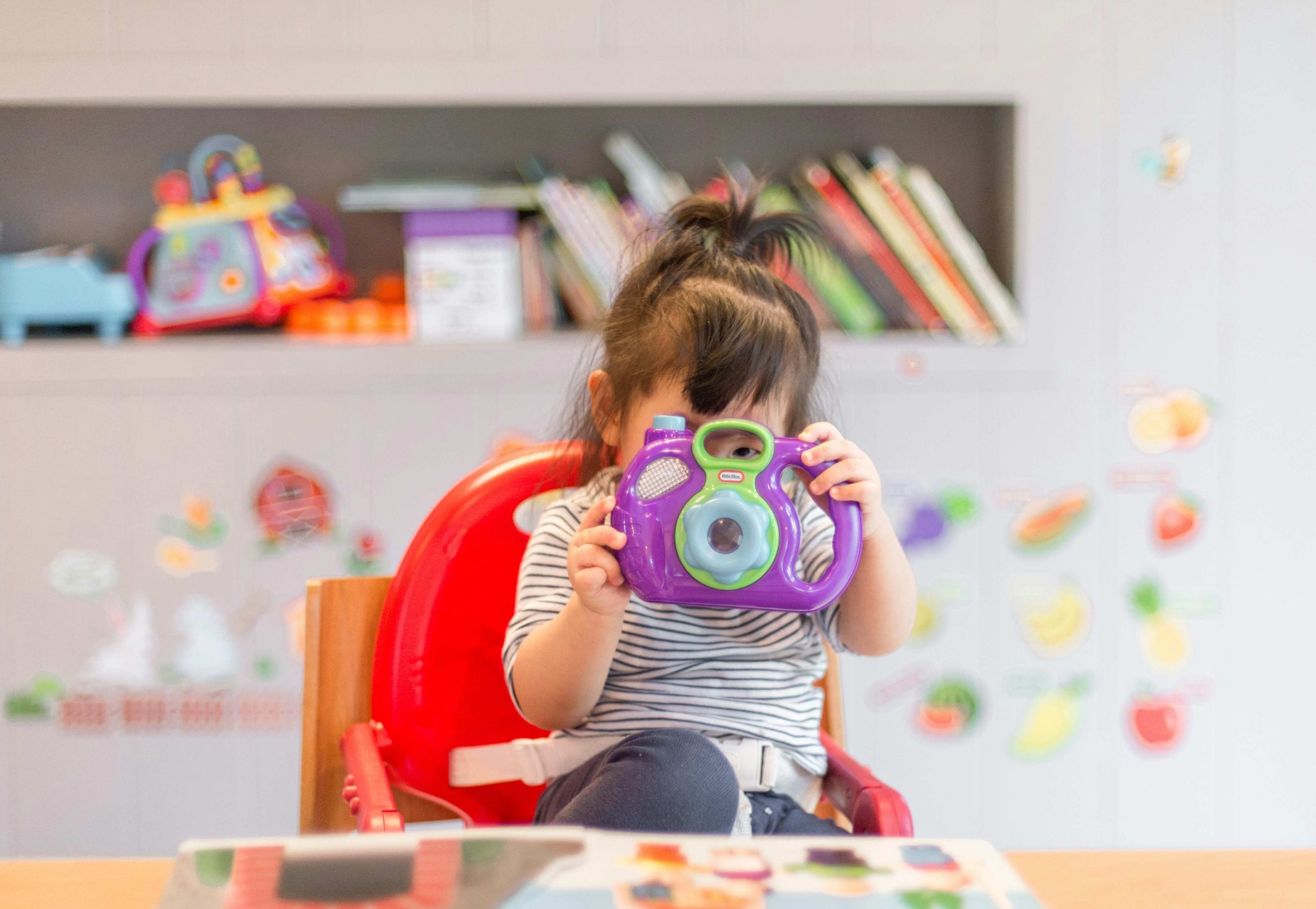
Benefits and Considerations of Isolating Environments for Preschoolers
Understanding Isolating Environments for Preschoolers
An isolating environment for preschoolers involves physically separating them from other preschoolers or adults. This could entail placing a child in a quiet room, away from the noise and activity of others, or providing a space where a child can work independently without distractions.
Benefits of Isolating Environments
- Reduced Overstimulation: Preschoolers, being naturally curious and energetic, can easily become overwhelmed by excessive noise, movement, or activity. In an isolating environment, they can focus on a single task without distraction, enhancing concentration and attention span.
- Social Interaction Support: Some preschoolers may find social interaction stressful or intimidating. An isolating environment offers a controlled and structured setting where they can build confidence and self-esteem at their own pace.
- Autonomy and Independence: Working independently in an isolating environment allows preschoolers to take ownership of their learning, fostering autonomy and self-efficacy, especially beneficial for those struggling in group settings or experiencing emotional challenges.
Using Isolating Environments Responsibly
It’s crucial to avoid using isolating environments as punishment or exclusionary measures. Instead, they should be viewed as tools to support individual learning needs.
Considerations for Effective Use
- Balancing Social Interaction: While isolating environments can be beneficial, preschoolers also need social interaction for healthy development. Strike a balance by providing structured social activities alongside isolated learning time.
- Ensuring Safety and Conduciveness: Isolated environments should be set up to ensure safety and promote learning. This includes providing appropriate furniture, materials, and a well-lit, quiet space.
When to Use Isolating Environments
Isolating environments may be appropriate in various scenarios:
- When a child is overstimulated: Providing a calm space for preschoolers sensitive to stimuli can help them regulate their emotions and focus.
- During challenging behaviors: Preschoolers prone to aggression or tantrums may benefit from a safe space to release emotions.
- For learning new skills: Quiet spaces facilitate focused practice on new concepts or skills.
- During rest or nap times: Providing a calm environment for resting away from noise and distractions promotes better sleep.
Creating an Effective Isolating Environment
- Choose a quiet, secluded space: Away from high-traffic areas and loud noises.
- Ensure good ventilation: Optimize air circulation to maintain a healthy environment.
- Provide age-appropriate activities: Keep preschoolers engaged with safe and enjoyable activities.
- Use soft lighting: Create a calming atmosphere with gentle lighting.
- Maintain a consistent routine: Routine helps preschoolers feel secure and less anxious.
- Communicate regularly: Ensure preschoolers know they’re not alone and provide updates on their situation.
In conclusion, while isolating environments can support preschoolers’ individual learning needs, they should be used judiciously alongside opportunities for social interaction to foster holistic development.


